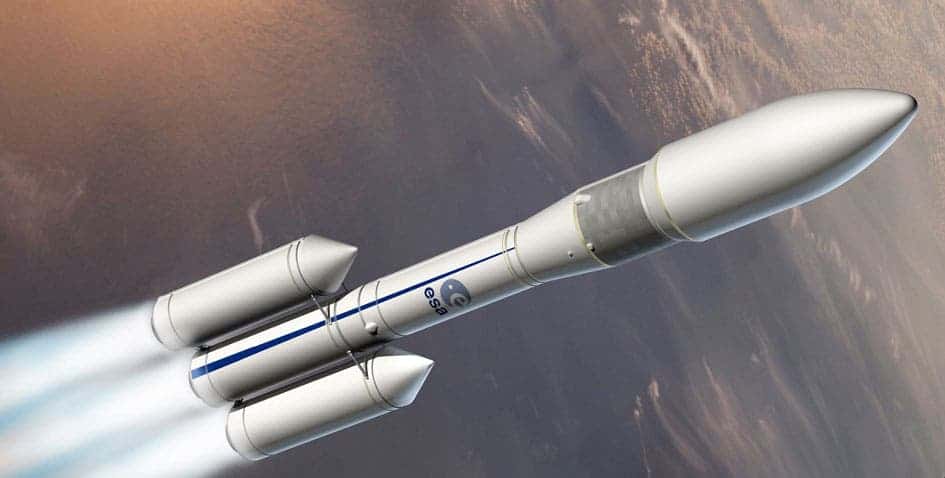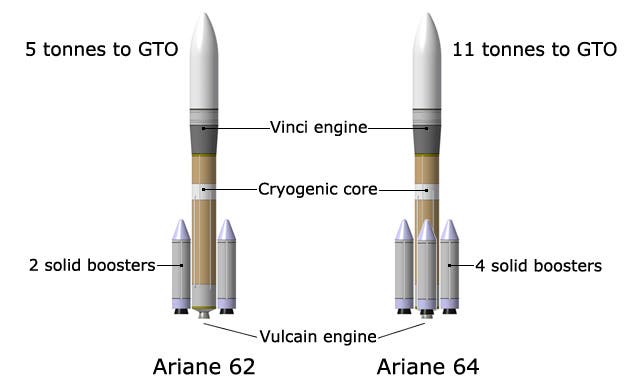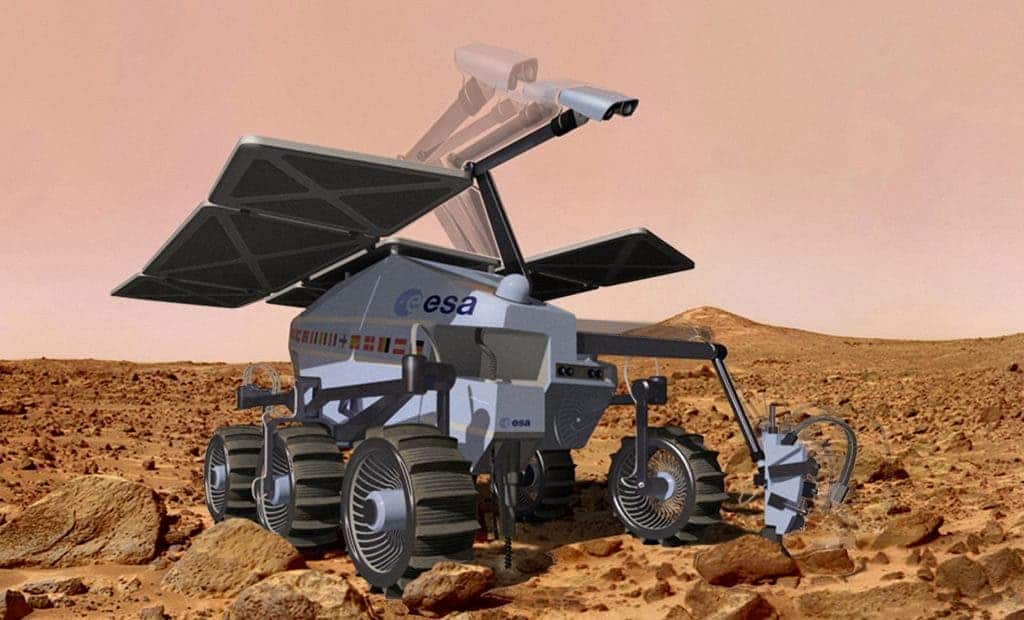Tuesday morning, ministers from each of the 20 nations involves in the European Space Agency will meet to decide how they should fund their next missions. The plan is to come to terms with developing a much sought after upgraded version of the Ariane rocket, which services satellite launches – the bread and butter of the ESA. Across the ocean, rivaling SpaceX launches satellites nearly three times cheaper. An agreement is, thus, crucial if the ESA is to survive. Yet member states need to agree on other projects as well, like future endeavors to the International Space Station and a huge budget hole in the agency’s flag ship mission – a rover destined for Mars and tasked with finding alien life.
A hard call that might make or break the European Space Agency

This isn’t your regular budget meeting. Tomorrow, ministers will have a very tough decision to make, since any way you look at the situation, there will be important compromises to be made. What’s certain is that the ESA needs to push forward the Ariane 6 rocket, an upgrade to the Ariane 5 which currently has a whooping 50% market share. But after SpaceX started launching satellites into space and even cargo to the International Space Station, the scales seem destined to shift. At the moment, a regular satellite launch with the ESA using the Ariane 5 costs $130 million. SpaceX does it for $50 million. Contracts will soon run out, and clients will likely move over seas to work with a much cheaper partner.
At the moment, the ESA’s main leverage is its history and tradition spanning more than 50 years, during which hundreds of launches were successfully made. SpaceX is an extremely young company, but under the guidance of its CEO, Elon Musk, it proved that it can make extremely huge leaps forward and they’re not only catching up, but innovating. In less than two years, SpaceX might ferry crews to the ISS – something the ESA has never been able to do. Then there’s other companies showing up – Boeing or Jeff Bezos’ Blue Origin.

Clearly, the ESA needs to step up its game if thousands of jobs are to be protected. The agency’s hope lies with the Ariane 6 (A6) – a much needed upgrade that will help the ESA lunch much bigger satellites at a much lower rate: only $60 to $70 million. Progress has been slow up until now, though, since Germany was holding out for a two-step project to upgrade the current Ariane 5 system. The country is now ready to go forward and invest an important chunk of the money needed. Mst of the money will be brought by France.
Germany wants something in return, however. If it’s to commit its support, Germany wants other member states, especially the important ones like UK, Italy and France, to continue to pledge their support for the International Space Station. In total, 3.8 billion euros ($4.7bn) are need, which will cover not only the A6’s development but also an upgrade to ESA’s small Italian-built Vega rocket.
Karim Michel Sabbagh, chief executive of satellite operator SES, said: “It would be very serious if there is no decision on Dec 2 because Europe would have a competitive delay that it would never manage to reverse.”
Although very similar to the A5, the Ariane 6 will have modular design, coming in two versions: one has two solid boosters that can launch 5 ton satellites to orbit, while the other has 4 solid boosters that can launch 11 ton satellites. This way, the ESA will have a nicely evened up market, being able to launch both medium-sized government missions, as well as big commercial telecom satellites; even two at a time with the 4 solid booster version.

The meeting in Luxembourg will likely see A6 finally come to light; matters with the ISS aren’t that certain. Even more in the dark is the poor old ExoMars rover, destined to reach Mars’ surface in 2018 and tasked with findings signs of present or long passed life. That is, if it ever lifts off the ground here on Earth. The mission is currently facing a huge $200 million budget hole which desperately needs filling up. Once A6 and the ISS are settled, we can only hope there will be some to spare for the ExoMars rover as well.
An uncertain future

Even if the A6 will soon be up and running, it looks like the ESA has been left behind. What will it do after SpaceX releases its reusable rocket system, which Musk promises will slash costs 100 fold? It’s not just SpaceX. As mentioned earlier, Boeing, Blue Origin and maybe other companies are joining in the game. Clearly, Europe’s cumbersome and sluggish bureaucracy is taking its toll. Maybe, it’s time for a reform; right, Europe?
It’s not over until the fat lady sings, though. The ESA has tons of experience and has proven time and time again that it can handle incredibly complex projects, like the spectacular landing of the Rosetta probe on the surface of a comet.






